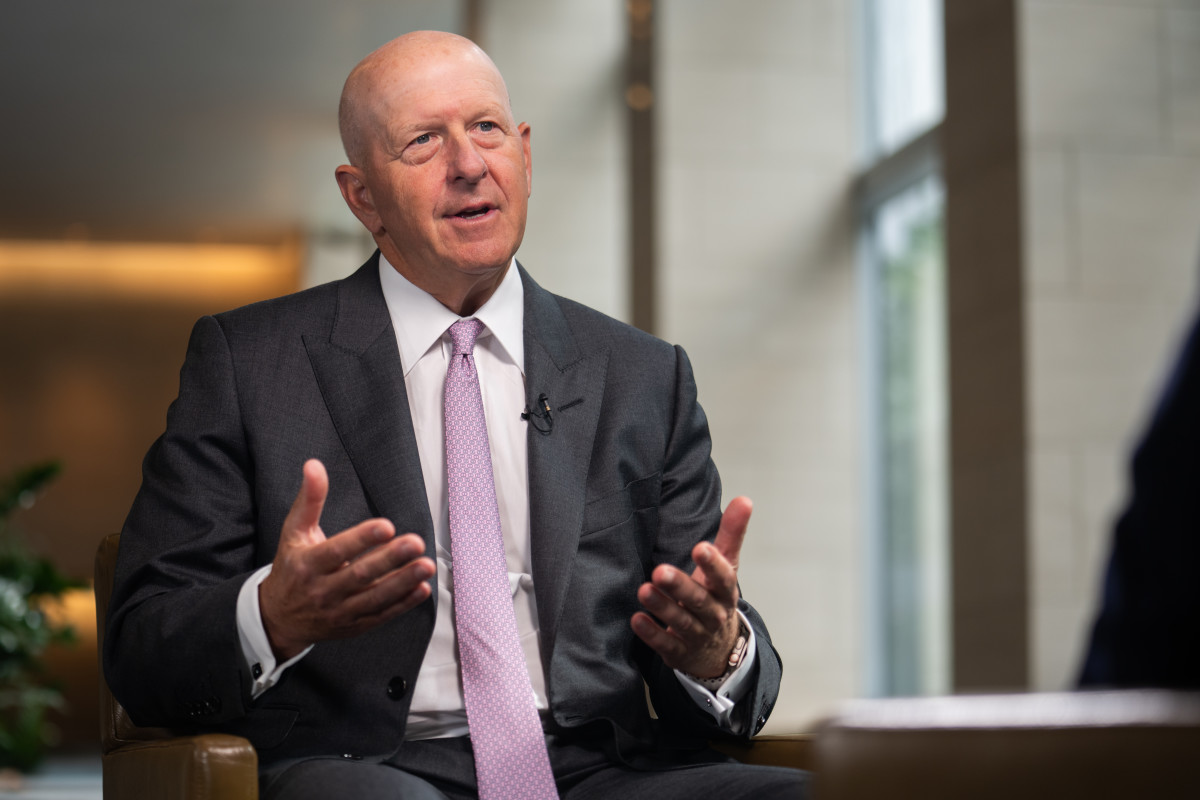
Stocks have bounced up and down quite a bit in recent weeks.
The S&P 500 index jumped 8% from 5,235 on May 30 to a record close of 5,667 on July 16. Then, it lost 8% through Aug. 5.
And since that date, it has rebounded 3% to 5,343. Through it all, the S&P 500 remained up year to date -- 12% as of Monday.
On the plus side, anticipation of interest-rate cuts from the Federal Reserve, optimism about corporate earnings, and the economy’s resilience boosted equity prices.

On the downside, concern that the economy will weaken markedly, disappointment that mega-cap technology companies didn’t meet analysts’ outsized expectations for second-quarter earnings, and a pullback of market mania over artificial intelligence weighed on stocks.
So, where does that leave us now?
Valuations appear stretched. According to FactSet, the forward 12-month price-earnings ratio for the S&P 500 stood at 20.2 as of Aug. 9, well above the five-year average of 19.4 and the 10-year average of 17.9.
But bulls point out that the current P-E ratio is significantly lower if we exclude the Magnificent Seven stocks—Alphabet, Amazon, Apple, Meta Platforms, Microsoft, Nvidia, and Tesla.
One money manager’s bullish opinion
JoAnne Feeney, a portfolio manager at Advisors Capital Management, isn’t overly concerned about valuations or stocks’ recent correction.
Since their mid-July record peaks, the Nasdaq Composite has lost 10.2% and the S&P 500 5.7%, she noted.
Related: Cathie Wood buys $59 million of pummeled tech stocks
“Declines of these magnitudes occur most every single year. When we dig under the surface to the earnings power of companies across the market, we find more encouraging signs for equities, despite last week’s events.”
Feeney isn’t worried about recession, with the economy expanding 2.8% annualized in the second quarter and the Atlanta Fed’s forecasting tool calling for 2.9% in the third quarter.
“We seem to be approaching a soft landing…. A recession, this is not,” she said. A soft landing combines low inflation with moderate economic growth.
Investors were disappointed that second-quarter earnings reports from mega-cap tech companies didn’t show financial benefits from all their spending on AI.
But, it’s “far too soon to expect much of a boost to sales and profits from AI,” Feeney said. “The productivity-enhancing effects are unlikely to appear for at least several quarters and maybe years. Companies must figure out how to deploy that AI.”
Related: $271 million fund manager picks 3 best-of-breed stocks, including Chevron
She’s encouraged by the earnings outlook outside of the Magnificent Seven. The other 493 S&P 500 companies are on track to deliver earnings growth of 7.4% for the second quarter, according to Bloomberg Intelligence, Feeney said.
That would mark their first quarterly profit growth in the last six quarters, she said. “That’s a plus for equity investors.”
Goldman Sachs: A window to snag stocks
Meanwhile, many experts recommend against trying to time the stock market. But Scott Rubner, managing director of global banking & markets for Goldman Sachs, sees a window for snapping up equities between Aug. 30 and Sept. 6.
“We are ending the worst of the equity supply and demand mismatch for August, and this is inning 8 of 9 of the [market] correction in baseball game terms,” he wrote in a commentary.
"I am so bearish on the global macro environment that I am turning tactically bullish on equities on Aug. 30.”
The dumping of stocks will abate, curbing supply, Rubner said. “The expected continuation of equity supply from systematic macro strategies may take until next week to fully clear.”
Related: Cathie Wood buys $59 million of pummeled tech stocks
He’s referring to traders, largely hedge funds, who buy and sell according to computer algorithms- sell in this case.
“However, I have seen enough evidence and reduction in positioning that the worst market technicals are behind us,” Rubner said. “Total exposure has overshot to the downside.”
On the economic front, Goldman has become more concerned about the possibility of recession amid signs of economic weakness.
They estimate the chance of a downturn to be 25% for the next 12 months, up from 15% previously.
To be sure, “we continue to see recession risk as limited because the data look fine overall, we don’t see major financial imbalances, and the Fed has 525 basis points of room to cut [interest rates] to support the economy,” Goldman’s chief U.S. economist David Mericle wrote in a commentary.
Related: Veteran fund manager sees world of pain coming for stocks







